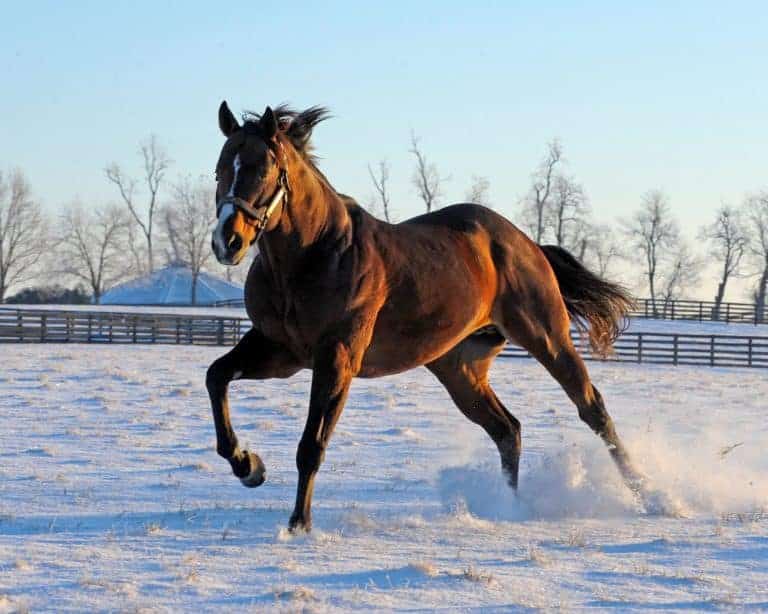Barbaro: A Life With Meaning
The heartbreaking end to Barbaro’s saga was all too familiar to those who love horses, but the true meaning behind the story is uplifting and, as Roy Jackson (who owned Barbaro with his wife, Gretchen) says, full of positives and inspiration. On















